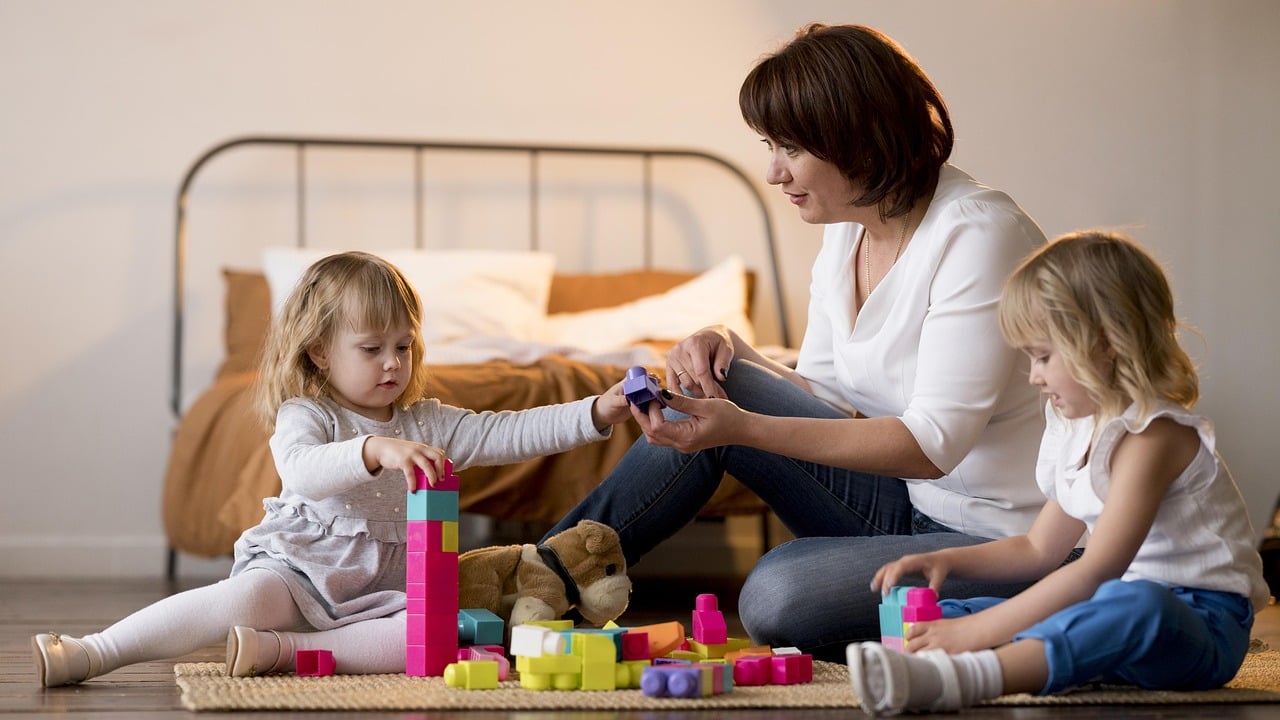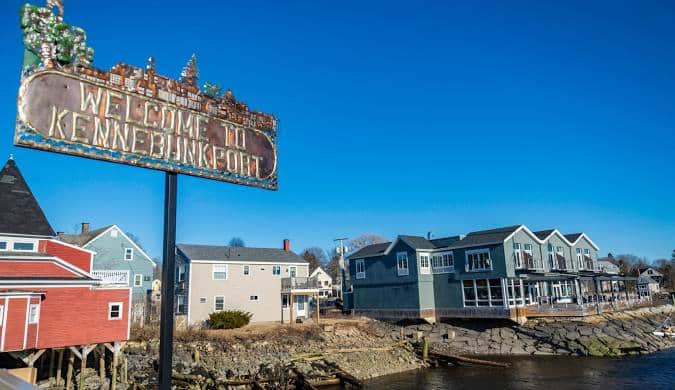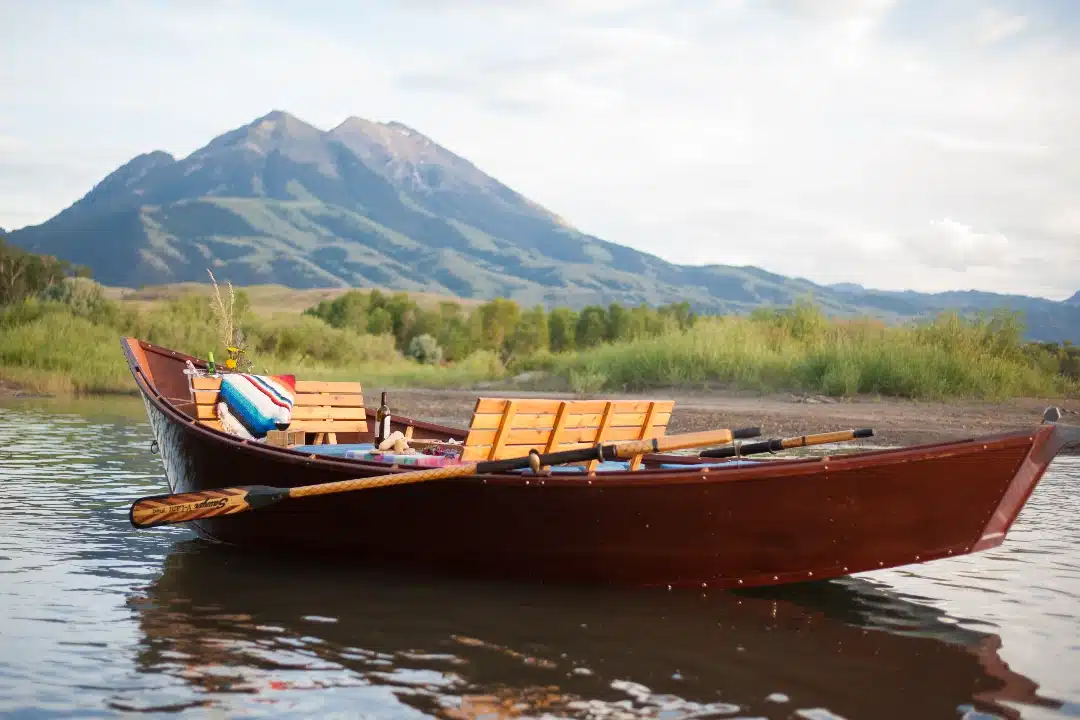Three-year-olds are curious, energetic, and at a developmental stage where they are constantly learning new skills and discovering the world around them. As a parent, guardian, or caregiver, you may be looking for activities that will keep them engaged, entertained, and help support their growth. Whether you’re indoors or outdoors, there are a wealth of activities that are fun and educational for toddlers at this age.
In this article, we will explore some of the best things to do with 3-year-olds—from creative and artistic projects to simple physical activities that help build motor skills. These activities aim to foster cognitive development, social skills, and emotional growth while making sure both you and the child have a fun time!

1. Building with Blocks and Puzzles
Why It’s Great:
Building with blocks and puzzles are excellent activities for 3-year-olds because they promote problem-solving, hand-eye coordination, and creativity. At this age, children are improving their fine motor skills and starting to engage more with abstract thinking.
Activities:
- Building Towers: Use large, soft building blocks or wooden blocks to create towers. Encourage your child to build higher and higher, or even challenge them to build specific structures, like a house or a bridge.
- Puzzle Time: Simple puzzles with big pieces and vibrant pictures are perfect for this age. They help with visual recognition, spatial awareness, and patience as they work to fit pieces together.
2. Outdoor Play: Nature Walks and Scavenger Hunts
Why It’s Great:
Getting outside is incredibly important for toddlers as it allows them to explore their environment and burn off some energy. A nature walk or a scavenger hunt introduces them to the wonders of the world and encourages them to be curious about nature.
Activities:
- Nature Walks: Take your 3-year-old on a walk through a local park, garden, or even your backyard. Along the way, point out trees, flowers, and animals. Ask them questions like “Can you see any birds?” or “What color is that leaf?”
- Scavenger Hunt: Prepare a simple list of items for them to find, such as a red leaf, a smooth rock, or a bird’s feather. As they search for these items, they will learn about their environment while practicing their memory and identification skills.
3. Arts and Crafts: Finger Painting, Collages, and Playdough Fun
Why It’s Great:
At three years old, kids are discovering their creativity, and art provides a perfect outlet for self-expression. Arts and crafts help develop fine motor skills, as well as boost imagination and cognitive abilities.
Activities:
- Finger Painting: Set up a safe space with large sheets of paper and non-toxic paints. Let your child experiment with different colors and techniques, creating a masterpiece with their hands. Finger painting helps improve motor control and introduces sensory exploration.
- Collages: Use magazines, colored paper, and stickers to create a collage. Guide your child in cutting out shapes and arranging them on a piece of cardboard. Collages are a fantastic way to work on scissors skills and creativity.
- Playdough: This classic activity never gets old. Give your child a batch of playdough and some simple tools (rolling pins, plastic knives, and cookie cutters). Creating shapes, animals, and objects with playdough helps develop hand strength and imagination.
4. Pretend Play and Role-Playing
Why It’s Great:
Pretend play is an essential part of a toddler’s social and emotional development. By role-playing, children explore different emotions and learn to express themselves. This activity enhances their imagination and can improve communication skills as well.
Activities:
- Kitchen Play: Set up a toy kitchen or use pots and pans to pretend to cook. Play kitchen sets are a great way for your 3-year-old to mimic real-life activities, which helps them understand daily routines and responsibilities.
- Dress-Up Time: Provide dress-up clothes such as hats, scarves, or costumes and encourage your child to engage in role-playing. Whether pretending to be a superhero, a chef, or a doctor, this activity stimulates creativity and empathy.
- Animal Role-Playing: Use stuffed animals or dolls to play pretend games. Act out different scenarios where the animals “talk” to each other, go on adventures, or solve problems together. This encourages storytelling and social interaction.
5. Building a Sensory Bin
Why It’s Great:
Sensory bins are perfect for helping 3-year-olds explore their five senses. These bins can be filled with a variety of textures and materials to stimulate tactile, visual, and even auditory senses. It’s a great hands-on activity that also promotes independent play.
Activities:
- Theme-Based Sensory Bins: Create a sensory bin filled with materials related to a theme. For example, you could fill it with dry rice and small plastic animals to create a jungle theme or use sand and seashells for a beach theme.
- Textured Materials: Include different items like cotton balls, fabric swatches, wooden blocks, and plastic toys. Let your child explore the textures by touching and moving the materials around. This is a great way to develop fine motor skills and encourage tactile learning.
6. Dancing and Movement Games
Why It’s Great:
At this age, toddlers love to move their bodies, and dancing or playing movement games is an excellent way to encourage gross motor development. It helps improve coordination, balance, and spatial awareness.
Activities:
- Dance Party: Put on some upbeat music and have a little dance party. Encourage your child to copy dance moves or simply let them freestyle. Dancing helps with rhythm and body coordination.
- Simon Says: Play a game of Simon Says to promote listening skills and physical movement. For example, “Simon says touch your toes” or “Simon says jump up and down.” This activity promotes focus and gives kids the chance to move their bodies.
- Obstacle Course: Set up a simple indoor or outdoor obstacle course with pillows, chairs, and blankets. Your child can crawl under tables, jump over cushions, or climb through tunnels, all of which help improve strength and coordination.
7. Simple Science Experiments
Why It’s Great:
Science experiments for toddlers don’t need to be complicated. Simple activities can spark curiosity and introduce basic concepts of cause and effect, color mixing, and more.
Activities:
- Color Mixing: Use primary-colored water (from food coloring or watercolors) and let your child mix colors to see what happens. This teaches them about color theory and introduces them to scientific thinking.
- Baking Soda and Vinegar Reaction: Pour a little baking soda into a bowl and add vinegar to see the fizzing reaction. Toddlers love this activity, and it’s a fun way to learn about chemical reactions.
- Magnet Exploration: Use a magnet and a variety of objects to explore what things are magnetic and what aren’t. This activity can help with cognitive skills and introduces a simple scientific concept.
8. Reading Books Together
Why It’s Great:
Reading to children is one of the best ways to foster language development, comprehension, and imagination. By reading regularly, you provide a foundation for their future literacy skills, and it’s also a great bonding experience.
Activities:
- Interactive Books: Choose books with interactive elements like flaps, textures, or buttons that play sounds. These can keep a 3-year-old engaged while they learn new words and concepts.
- Story Time: Regularly set aside time for reading stories together. Use different voices for characters, point to pictures, and ask questions about the story. This helps with comprehension and builds their listening skills.
- Create Your Own Story: Make up stories together. Encourage your child to come up with characters and ideas, and help them craft a simple narrative. This activity encourages creativity and language development.
9. Water Play and Bath Time Fun
Why It’s Great:
Water play is not only enjoyable for toddlers, but it also has numerous developmental benefits. It encourages sensory exploration, fine motor skills, and can be a calming experience.
Activities:
- Water Table Play: Set up a water table or a small tub with water toys, cups, and sponges. Let your child pour, splash, and experiment with the water, which helps with hand-eye coordination.
- Bubble Time: Blow bubbles and encourage your child to chase and pop them. This activity is great for developing motor skills and can be a fun way to spend time outdoors.
- Bath Time Play: Make bath time an enjoyable experience by introducing bath toys, cups for pouring water, and rubber ducks. Bath time offers a great opportunity for relaxation and sensory play.
10. Visit a Local Zoo or Farm
Why It’s Great:
At 3 years old, children are very curious about animals, and a trip to a zoo or farm provides an excellent opportunity for hands-on learning. It’s a great way to teach them about animals and their natural environments.
Activities:
- Animal Watching: Take your child to see their favorite animals—whether it’s lions, elephants, cows, or chickens. Talk about the sounds the animals make and where they live.
- Interactive Zoo Experiences: Many zoos offer opportunities for children to feed or touch animals. This is a wonderful way for them to feel connected to nature while having fun.
Conclusion
Spending time with a 3-year-old is both an adventure and an opportunity to support their development. With a little creativity, you can provide them with a wealth of stimulating and educational activities that promote physical, cognitive, and emotional growth. Whether it’s building with
blocks, enjoying outdoor play, engaging in arts and crafts, or reading together, the possibilities for fun are endless.
Remember, the most important thing is to be present and enjoy the time you have with your toddler. It’s not just about the activity; it’s about fostering their love of learning and creating special memories along the way.






